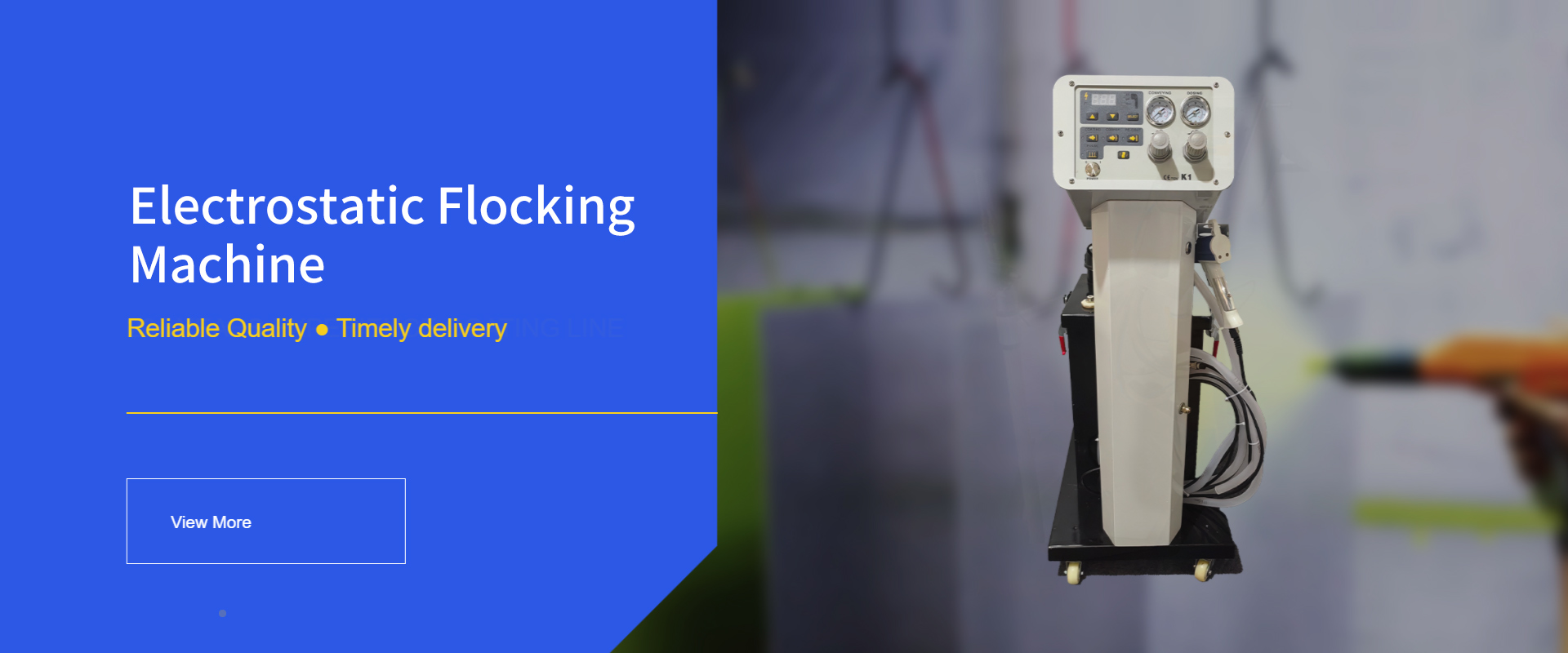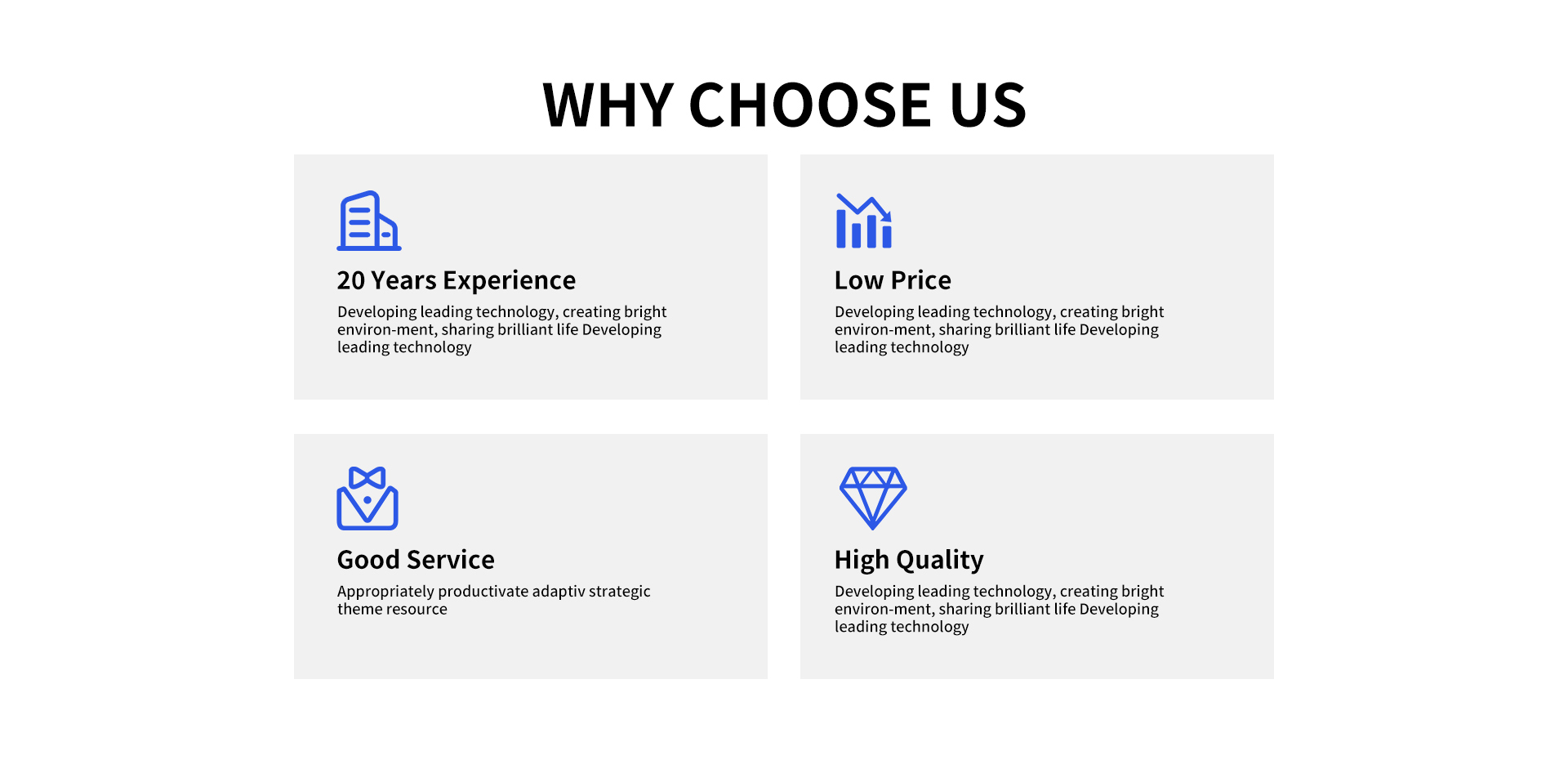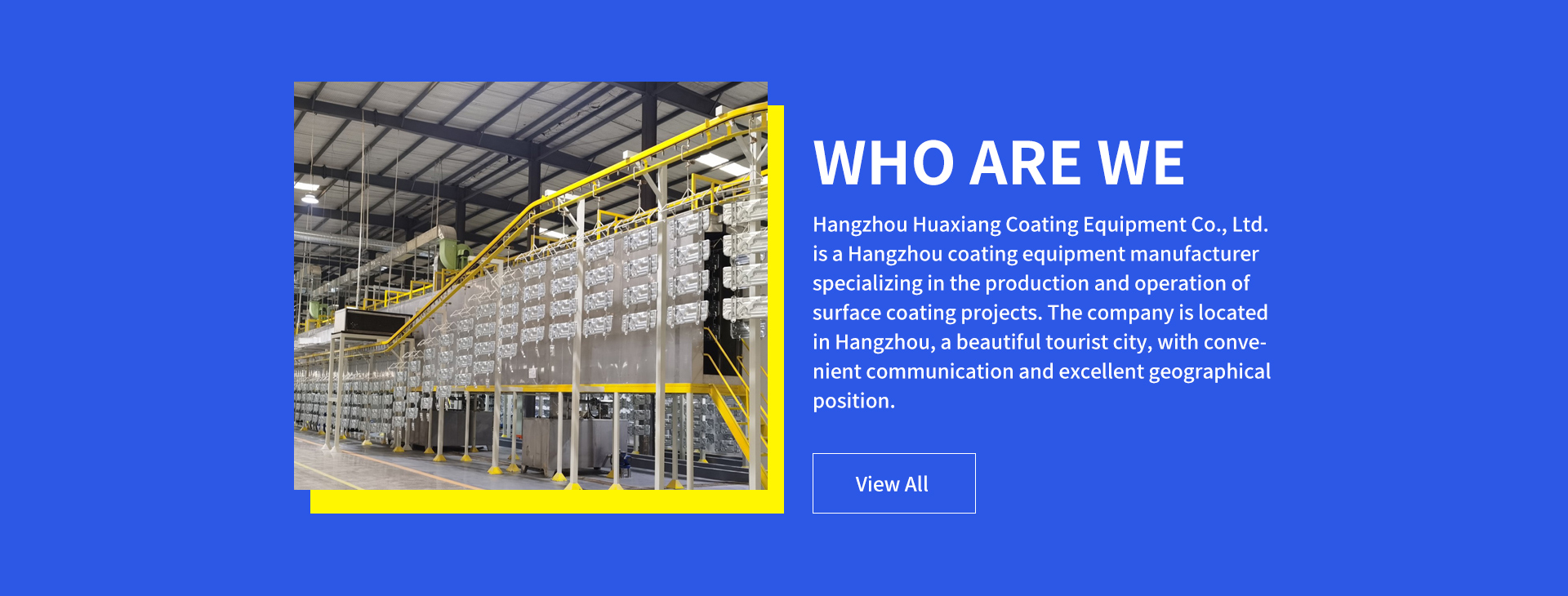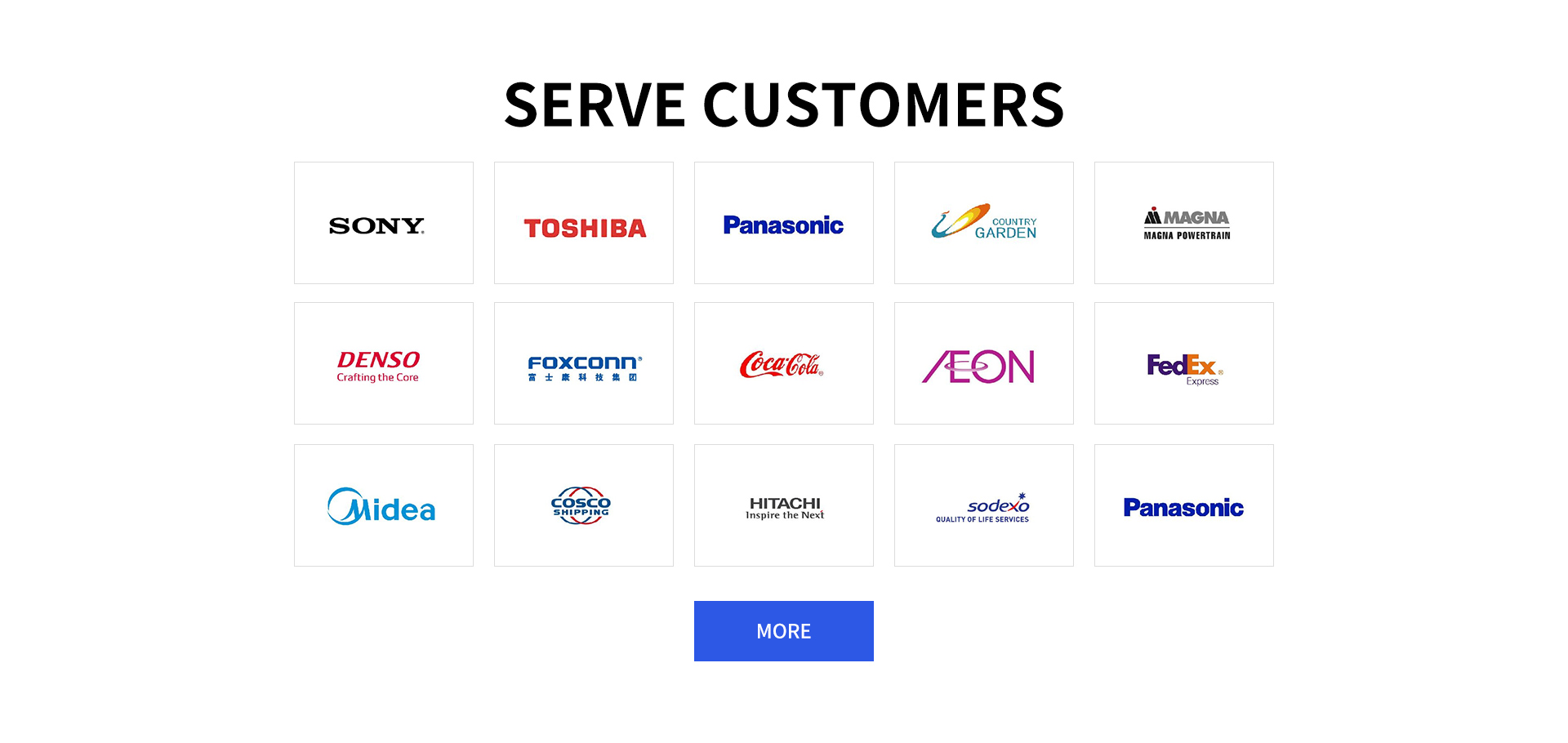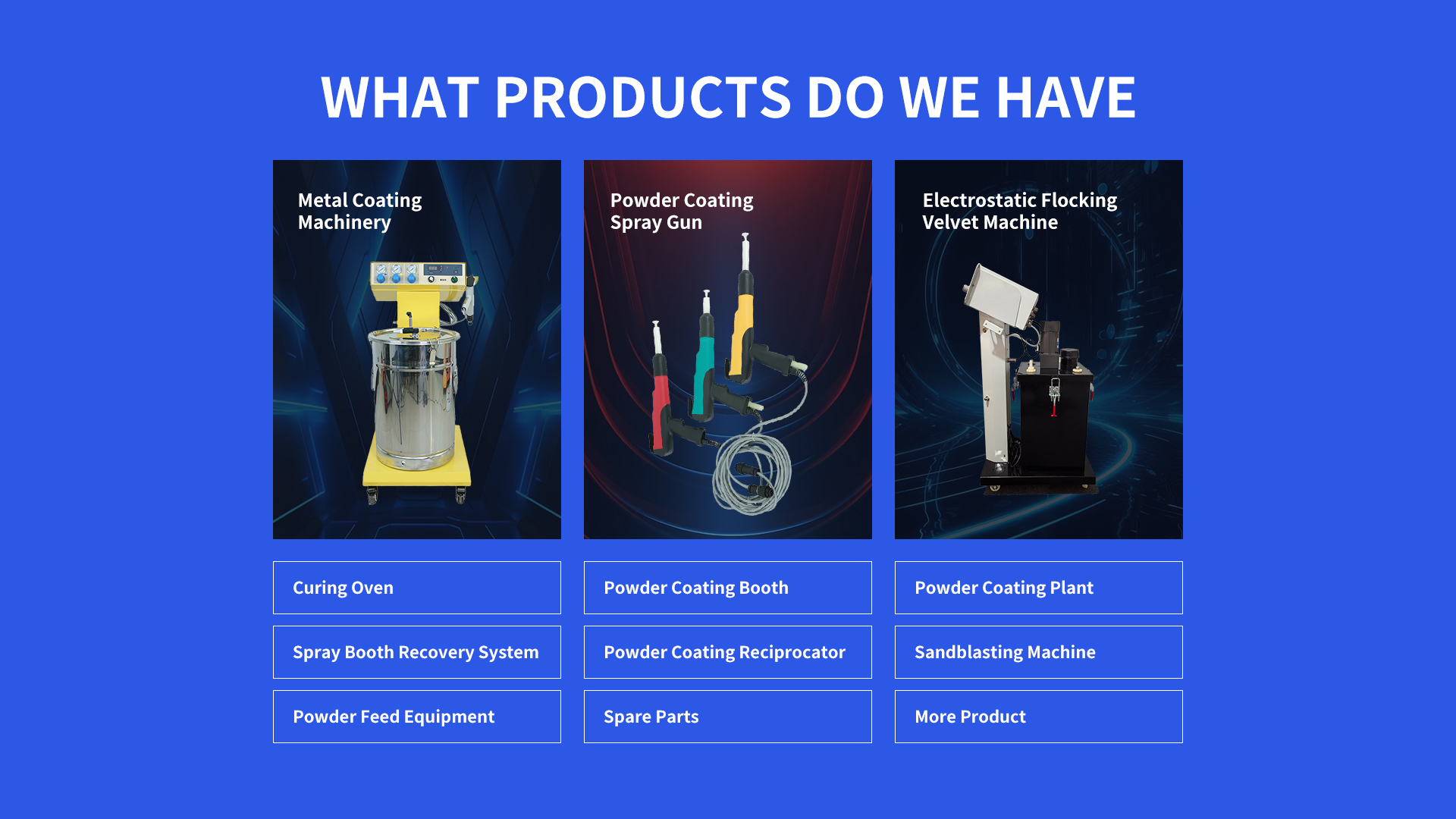Powder Coat Machine: A Consumer's Essential Reference
The market for Powder Coat Machines caters to a broad range of users, from DIY hobbyists to small industrial facilities. Demand stems from the need for durable, high-quality coatings on metal and other surfaces. Prices vary from (800 for basic manual units to )20,000+ for semi-automatic industrial models, depending on size, capacity, and automation features.
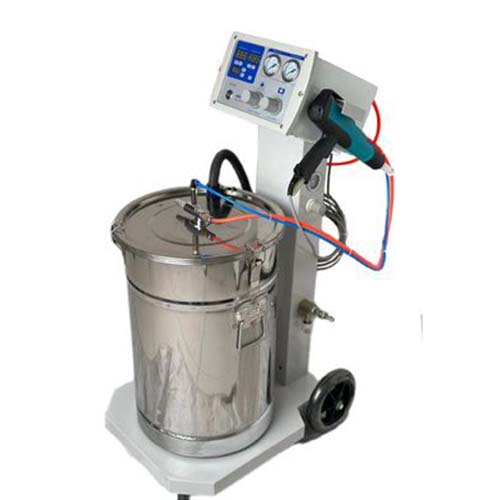
Powder Coat Machine Application in Painting Projects
Powder Coat Machines are utilized in diverse painting projects. Automotive enthusiasts use them to coat car parts such as bumpers, fenders, and engine components, achieving a glossy, chip-resistant finish. Metal fabricators apply them to steel structures, pipes, and hardware, enhancing corrosion resistance. Furniture manufacturers employ these machines for metal chairs, tables, and bed frames, ensuring long-lasting, attractive surfaces. They also work well for coating outdoor equipment like grills, toolboxes, and playground structures, providing protection against the elements.
Powder Coat Machine Surface Treatment Process Technology
Powder Coat Machines incorporate effective surface treatment processes. Initially, surfaces undergo cleaning through sandblasting, chemical degreasing, or ultrasonic cleaning to eliminate dirt, rust, and oils. The machine then applies electrostatically charged powder via a spray gun, which adheres to the grounded surface. Following application, the coated item is cured in an oven at temperatures ranging from 160°C to 220°C, causing the powder to melt and form a smooth, continuous coating. Advanced models feature variable electrostatic charge controls and adjustable spray patterns to accommodate different surface complexities.
Powder Coat Machine: What Is It?
A
Powder Coat Machine is a device designed to apply dry powder coatings to surfaces, which are then cured with heat to form a hard, protective layer. It operates on electrostatic principles, where the powder is charged and attracted to the grounded workpiece. These machines come in various types, including manual, semi-automatic, and fully automatic, to suit different production scales. They are compatible with a wide range of materials such as steel, aluminum, and certain plastics, offering a versatile alternative to liquid painting methods.
Powder Coat Machine Components
Spray System: Includes a handheld or automated spray gun that delivers the charged powder. The gun features a nozzle to control the spray pattern (round, fan, or cone) and an electrode to impart the electrostatic charge. It connects to the powder supply via a flexible hose for easy maneuverability.
Powder Supply and Feeding Unit: Consists of a hopper for storing the powder and a feeder that transports it to the spray gun. The feeder uses compressed air to fluidize the powder, ensuring a consistent flow. Some units include filters to remove lumps and impurities, preventing clogs in the spray system.
Curing Oven: A heated chamber where the coated workpiece is placed to melt and fuse the powder into a solid coating. Ovens can be batch-style (for small projects) or conveyor-based (for high-volume production), with temperature controls to maintain the optimal curing range for different powder types.
Powder Coat Machine Advantages
Durable Coatings: Powder Coat Machines produce finishes that are highly resistant to chipping, scratching, and corrosion, outperforming traditional liquid paints in longevity. This makes them ideal for items exposed to heavy use or harsh environments.
Material Efficiency: Overspray from the powder coating process can be collected and reused, reducing material waste and lowering costs. This efficiency is especially beneficial for businesses looking to minimize expenses.
Environmental Friendliness: Powder coatings contain no volatile organic compounds (VOCs) or solvents, making Powder Coat Machines a more eco-friendly option compared to liquid painting equipment. They comply with strict environmental regulations and reduce health risks for operators.
Versatility in Finishes: These machines can apply a wide range of powder types, including matte, glossy, textured, and metallic finishes, allowing users to achieve diverse aesthetic results to meet specific project requirements.
Powder Coat Machine FAQ
How to Choose the Right Powder Coat Machine for Small Business Operations?
Evaluate your typical project size and volume—small businesses handling up to 50 parts daily may benefit from a semi-automatic machine with a batch oven. Consider the types of materials you work with; ensure the machine is compatible with metals or plastics you commonly coat. Look for adjustable spray settings to handle various part shapes. Check for a powder recovery system to reduce waste. Budget between (3,000 and )10,000 for a reliable machine that balances performance and cost.
How to Use a Powder Coat Machine for Coating Aluminum Wheels?
Start by cleaning the wheels thoroughly with a degreaser and sanding to remove old paint or corrosion. Rinse and dry completely. Set up the Powder Coat Machine: fill the hopper with a heat-resistant powder suitable for aluminum. Adjust the spray gun to a medium electrostatic charge (60-80 kV) and a fan spray pattern. Hold the gun 6-8 inches from the wheel, applying a thin, even first coat. Allow the powder to "tack" for 2-3 minutes, then apply a second coat for full coverage. Cure the wheels in the oven at 180-200°C for 20-25 minutes, then let them cool before handling.
How to Ensure Safety When Operating a Powder Coat Machine?
Wear appropriate personal protective equipment, including a respirator to avoid inhaling powder particles, safety glasses to protect against overspray, and gloves to prevent skin contact with chemicals. Ensure the workspace is well-ventilated to disperse powder dust. Keep the machine and workpiece properly grounded to prevent electrostatic discharge hazards. Never operate the machine near open flames, as powder is flammable. Follow lockout/tagout procedures when cleaning or maintaining the equipment.
How to Maintain a Powder Coat Machine for Consistent Performance?
Clean the spray gun nozzle and hose after each use to remove dried powder and prevent clogs. Empty and wipe the powder hopper regularly to avoid moisture buildup, which can cause clumping. Inspect the feeder and air lines for leaks or blockages weekly. Calibrate the electrostatic charge settings monthly using a voltage meter to ensure accurate powder adhesion. Clean the curing oven’s interior periodically to remove overspray residue, which can affect heating efficiency.
How to Troubleshoot Common Coating Defects with a Powder Coat Machine?
If the coating appears uneven, check the spray gun distance—too close causes buildup, while too far results in thin spots. Adjust the powder flow rate; inconsistent flow often leads to patchy coverage. For pinholes in the finish, ensure the workpiece is completely clean and dry before coating, as moisture can cause gas bubbles during curing. If the coating is too thick, reduce the spray time or adjust the powder flow. For poor adhesion, verify the surface was properly prepared (clean and abraded) and that the electrostatic charge is set correctly for the powder type.
Statement: Hangzhou Huaxiang Coating Equipment Co., Ltd Chinese Powder Coating Equipment facturers provide you with customized equipment for various types of Powder Coating Lines, Powder Coating Ovens, Powder Coating Booths,Powder Coating Guns, etc. For inquiries! Contact us at
Email: gezx@cncolourspray.com
WhatsApp: +86 13335812068

